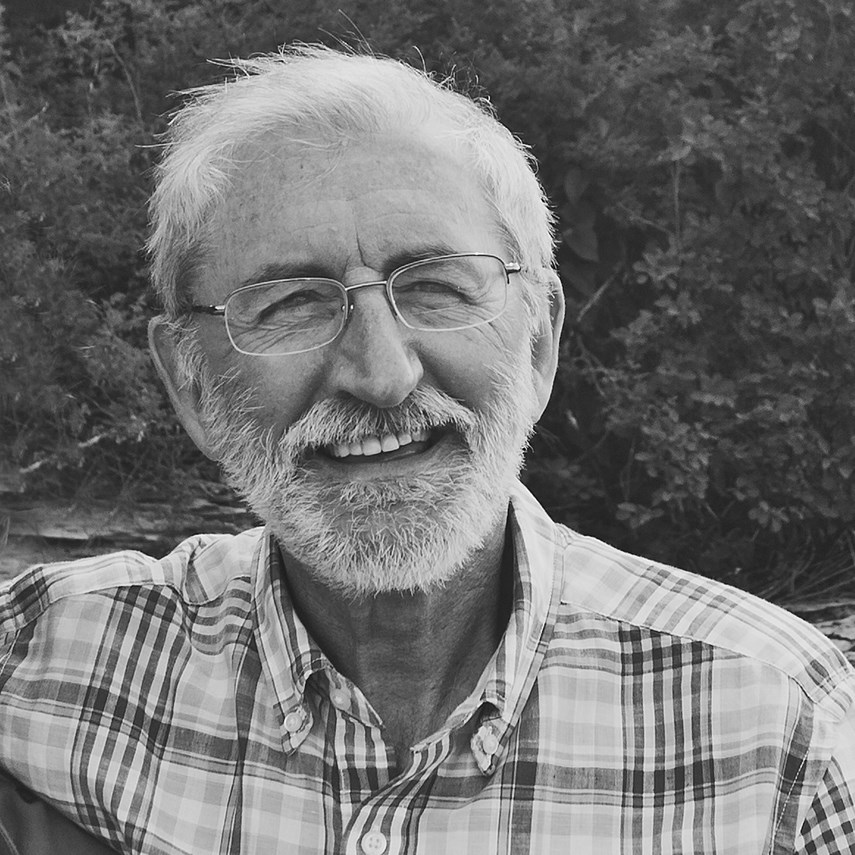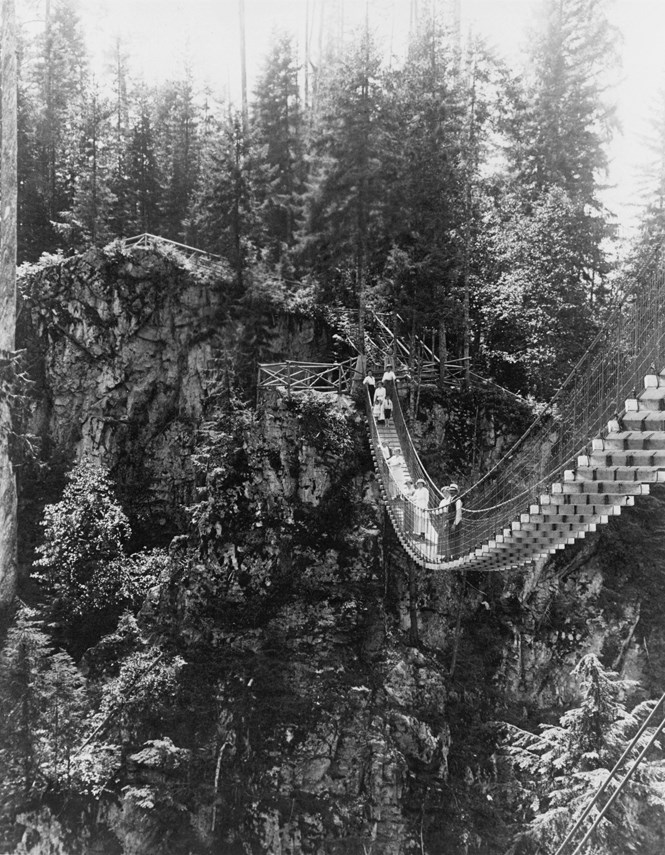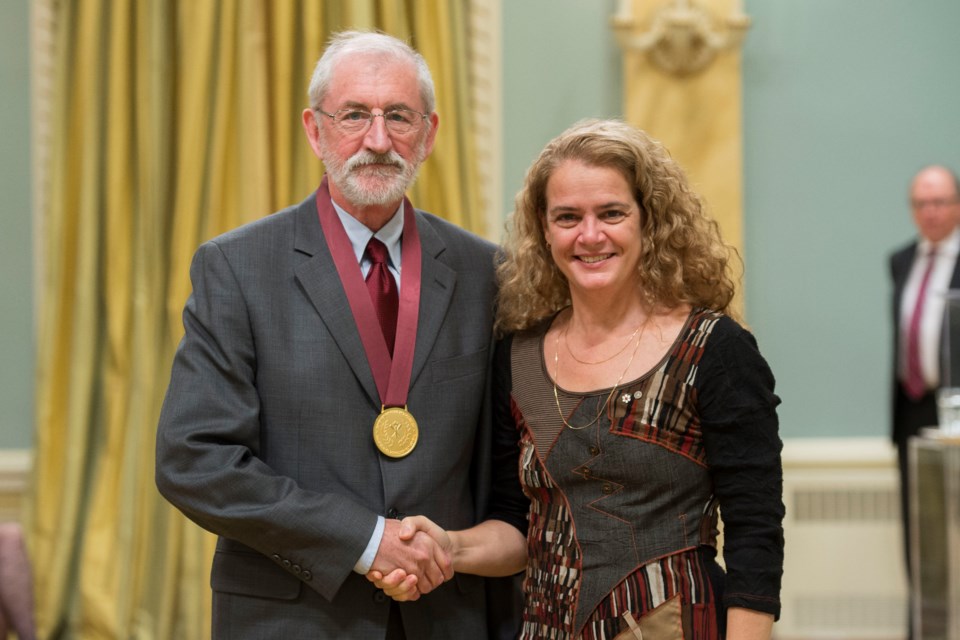If Daniel Francis’ imagination were better, Canadian history would be poorer.
On Wednesday, the North Vancouver resident is slated to receive the Governor General’s History Award in recognition of his 30 books chronicling Canadian mythology, Indigenous stereotypes, and the history of the District of North Vancouver.
But before a single hardcover spine bore his surname, Francis was one more fiction writer scribbling in the shadow of New Journalism giant Tom Wolfe.
He tried to submit a “short story or two” to “one of the usual journals,” he recalls.
“They were awful,” he says, pronouncing the judgment without mercy but also without regret.
“I don’t have any imagination,” he says. “I can’t invent stories very well.”
But he remembers flipping to the back flap of Tom Wolfe’s The Electric Kool-Aid Acid Testand noting the white-suited author’s degree in American studies.
“Perhaps I should give Canadian studies a try,” he wondered.
History, he recalls, “was perfect for me.”
The characters, settings and dramatic actions were right there in archives and artifacts.
“I realized: here was a subject with endless stories that I could write about.”
While he studied at Carleton University, Pierre Trudeau was elected Prime Minister, Montreal hosted Expo ’67, and the kidnapping of a trade commissioner culminated in the October Crisis.
“All these things focused one’s attention more on our own country,” Francis recalls.
There was also a feeling old facts could still be unearthed and old narratives could finally be buried.

Francis’ first major work attempted to debunk the theory the fur trade was destructive to Indigenous people, portraying the business as a partnership.
Partners in Furs, (“My first and last academic book,” Francis recalls) set the young writer on a path to undermine widely held beliefs and to examine just why those beliefs were so widely held.
In his 1992 work, The Imaginary Indian, Francis recounts being 184 kilometres south of Calgary and touring the museum of Head-Smashed-In Buffalo Jump.
In the midst of describing “the warm wind (that) seems to be the Earth breathing,” and feeling “the connectedness of lives back through time . . .” Francis notes the Piikani First Nations who worked in the museum.
Almost like a driver startling himself awake after dozing at the wheel, Francis catches himself thinking a peculiar thought: “They didn’t look like Indians to me.”
Later in the book, Francis quotes poet and journalist Charles Mair, who observed Indigenous people at the Half-Breed Scrip Commission nearly 100 years earlier.
Mair noted the Indigenous people had: “well-washed unpainted faces,” and that they wear “ordinary” clothes
“One felt disappointed, even defrauded,” Mair wrote. “It was not what was expected, what we believed we had a right to expect . . .”
Speaking about the book now – as well as the larger issue of cultural appropriation – Francis recalls feeling “a little uncomfortable” to be a non-Indigenous person working in Indigenous history.
The discomfort resulted in the historian “taking a step sideways” to study white people’s myths.
Francis draws a straight line from Mair’s rumination to the stereotype that had staked a claim in his own consciousness.
“The Indian is the invention of the European,” he writes. “The Indian began as a white man’s mistake, and became a white man’s fantasy.”
He examines paintings, Wild West shows, and perhaps most interestingly: the elasticity of the stereotype. Sometimes the stereotypical Indian is the wise protector of the environment. Sometimes he’s a scalp-taking warrior.
The book was published in 1992, but continues to resonate.
“I think it’s still the case that Indigenous people are burdened by a lot of stereotypes,” Francis says.
But through The Imaginary Indian, as well as his other books National Dreamsand Selling Canada, a single question sustains Francis: “Why do we believe what we believe about the past?”
For the past 30 years, Francis has been a resident of the District of North Vancouver, which compelled him to write the municipality’s history: Where Mountains Meet the Sea, published in 2016.
While the book was written to coincide with the district’s 125th anniversary, Francis’ study goes beyond incorporation.

He describes the Northwest Passage-seeking explorers from England and Spain who etched the first uncertain drafts of West Coast maps at the tail end of the 18th century. He also recounts the moment the North Shore received its first proper snubbing.
Led by navigator Jose Maria Narvaez, the seafarers of the Santa Saturnina were likely the first Europeans to behold the North Shore mountains, sailing near Ambleside Beach in the summer of 1791.
“Narvaez decided against entering the narrow passage . . .” Francis writes.
Spain dispatched another expedition the following summer. Again, they beheld the North Shore and headed back the way they came.
Francis also goes into detail on Sewell Moody and the Moodyville lumber operation that became “the single largest source of export revenue in the province.”
But Francis lets both losers and winners each have a crack at writing history.
In the case of the North Shore, the loser has at times been the environment, as Francis and a wide range of photos depict denuded forests.
“Many kilometres of pristine wetlands were filled in and dredged up to make way for mills, cargo terminals, railway tracks, grain silos and chemical plants,” he writes. “The shoreline that exists today in no way resembles the natural shoreline once used by the First Nations to harvest shellfish and hunt waterfowl.”
While Francis is blunt about doing some of his work for “strictly monetary reasons,” he explains that his most important books are about interrogating history.
In Where Mountains Meet the Sea, Francis writes: “Famously, we are the people where two worlds coexist . . .”
Francis’ work, imaginative or not, is about making sense of both those worlds.
Francis is scheduled to receive the Pierre Berton award at Rideau Hall on Wednesday, Nov. 22.



